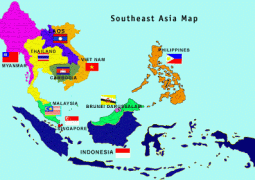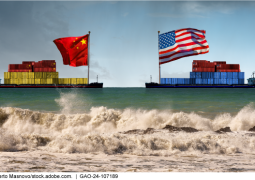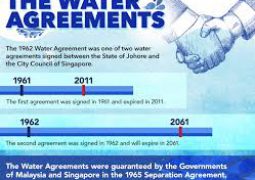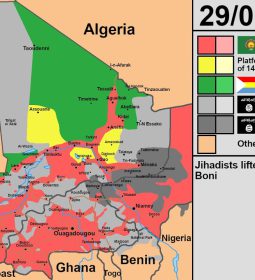Some facts about the South China Sea conflict
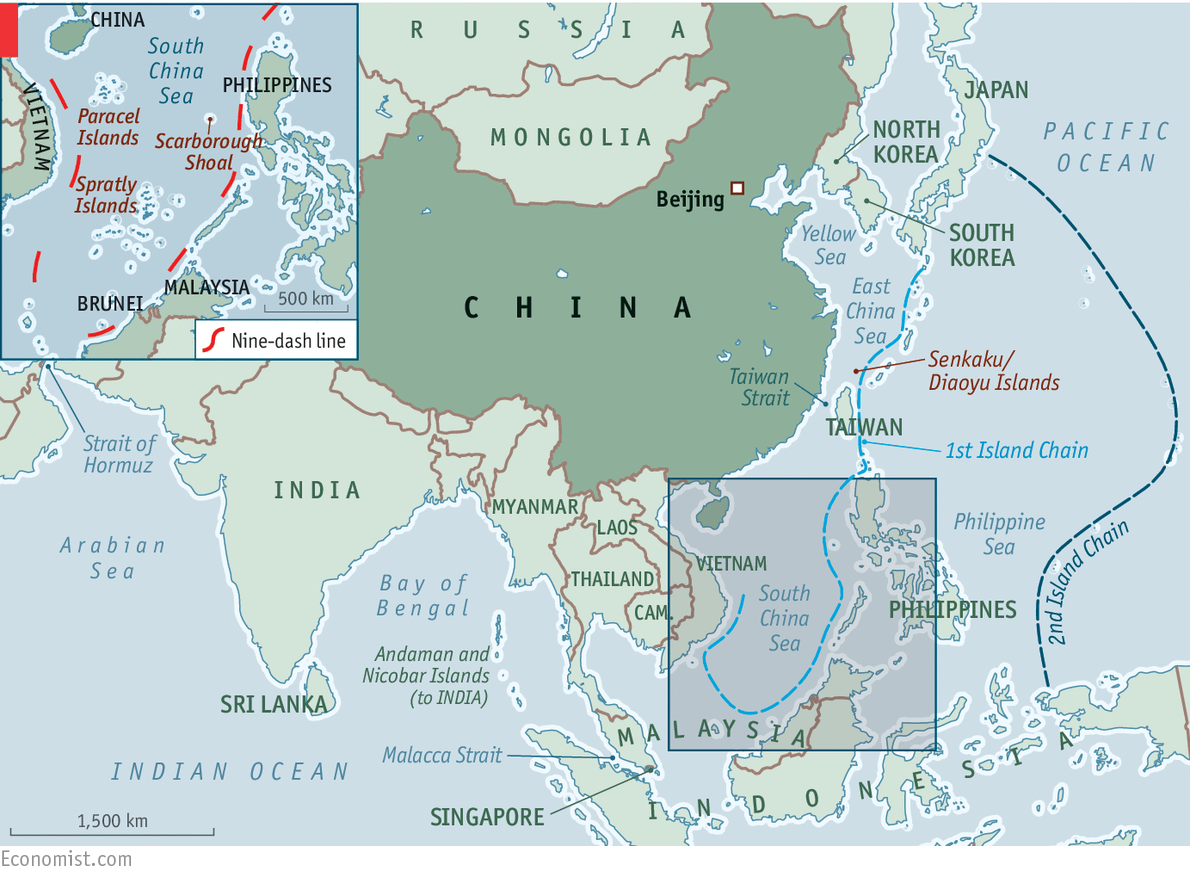
1. Whose South China Sea is it, anyway?
China’s claim to the South China Sea is based in history, dating back to records from the Xia and Han dynasties. China delineates its claims via the nine-dash line, which Chiang Kai Shek advanced in 1947. During China’s republican era, China surveyed, mapped and named 291 islands and reefs in the region.
The United States contends that the South China Sea is international water, and sovereignty in the area should be determined by the United Nations Convention on Laws of the Sea (UNCLOS). UNCLOS states that countries can’t claim sovereignty over any land masses that are submerged at high tide, or that were previously submerged but have been raised above high tide level by construction.
2. Why does China want to control the South China Sea?
Control of the South China Sea would allow China to dominate a major trade route through which most of its imported oil flows. It would also allow China to disrupt, or threaten to disrupt, trade shipments to all countries in East and Southeast Asia — as well as deny access to foreign military forces, particularly the United States.
The floor of the South China Sea may contain massive oil and natural gas reserves. Sovereignty over the region could give China a level of energy security and independence far beyond what it currently possesses.
3. Who has built what?
Island building in the South China Sea, and construction on existing islands, has been going on for decades, primarily by Vietnam and the Philippines, which have claimed 21 and eight islands, respectively. Vietnam, Taiwan and the Philippines have all stationed military forces on at least some of their islands. Vietnam has fortified several islands with mobile rocket artillery launchers capable of striking China’s holdings across the region. It has also begun dredging work on the disputed “Ladd Reef,” according to satellite imagery.
China has come late to the island building game, but its efforts have been on a scale never before seen in the region. Beijing has added more than 3,200 acres (1,300 hectares) of land on seven different features in the South China Sea and built runways, ports, aircraft hangers and communications equipment, according to U.S. estimates.
4. What is the U.S. response to the dispute?
The United States had virtually no response to previous building by Southeast Asian countries in the South China Sea, but has vigorously opposed China’s efforts. The U.S. Navy has operated continuously in the region since World War Two and, according to Defense Secretary Ash Carter, has every intention of continuing to do so.
The United States will use its aircraft and naval vessels to assert freedom of navigation in the region, as demonstrated by the 2015 passage of the USS Fort Worth combat ship and the flight, by a U.S. Navy P-8 Poseidon surveillance aircraft, over the Chinese construction at Fiery Reef.
Beyond freedom of navigation missions, the United States is focused on strengthening regional allies. To do so, it will help boost its allies’ intelligence gathering and surveillance capabilities, and provide them with updated military hardware to counter China’s technical advantages in both quantity and quality.
- Previous China warns Trump against ignoring its Taiwan interests
- Next Muslim convert, father of six, honoured at Perak’s Maulidur Rasul celebration





